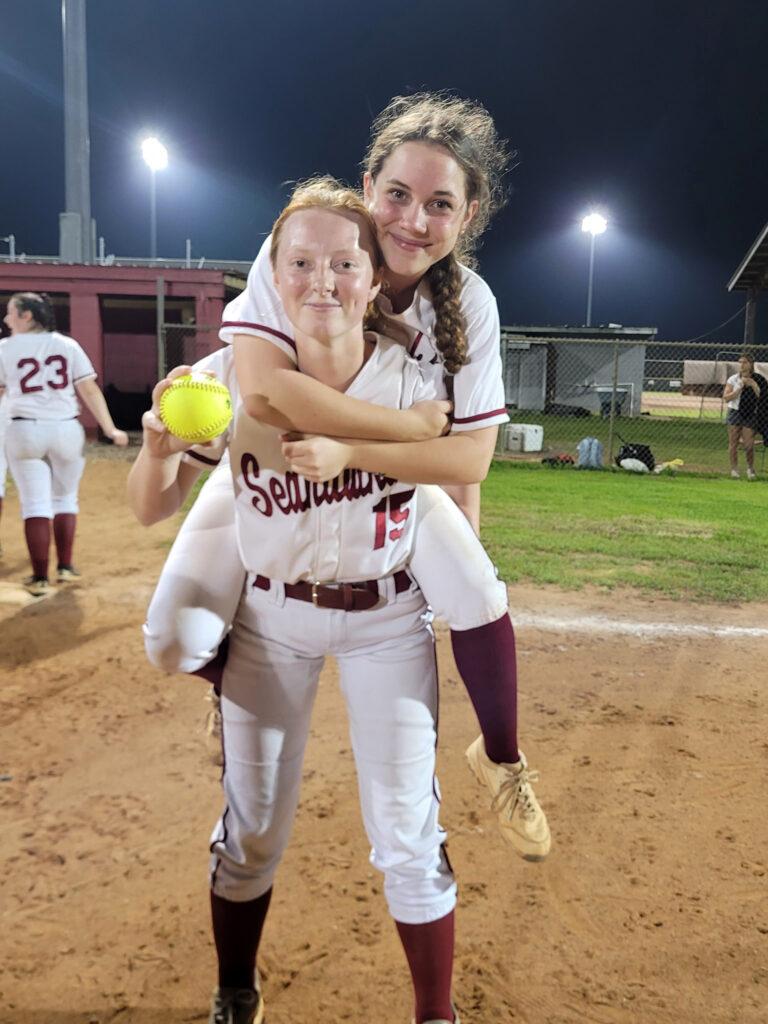Legacy Post Disclaimer
This is a #Legacy post imported from The Apalachicola Time’s previous platform. If you’re experiencing issues with this article, please email us at news@nevespublishing.com.
As bear numbers boom, so do concerns
The coordinator of Florida’s bear management program was greeted with growls of dissatisfaction from some Franklin County commissioners when he appeared at last week’s meeting.
But the Florida Fish and Wildlife Conservation Commission’s David Telesco didn’t lie down and play dead, which some people have said – incorrectly – is the proper response to a Florida black bear attack.
Rather, he doubled down on his central message: That securing garbage is the most effective way to reduce human-bear conflicts.
In his PowerPoint presentation, Telesco shared FWC data that showed secure trash cans led to a 66 percent drop in interactions, and a drop of more than 90 percent in property damage.
“A lot of people have expressed to us that they are frustrated by our response,” said Telesco, stressing that the reason FWC promotes securing garbage is because it’s the most effective strategy.
“Your garbage is your main draw,” he said. “We emphasize personal responsibility. Until that attractant is secure another bear is going to visit.”
Telesco outlined a multi-pronged approach it advises homeowners to take, centered around a slogan “Stash the trash. Scare the bear.” He said the FWC has backed up its response on the roughly 170 calls it gets each year from county residents by disbursing more than $26,000 in grant monies to cover adding hardware to regular cans, and funding some certified bear-resistant cans, mostly in the Alligator Point and St. Teresa areas.
Only 2 percent of all calls result in trapping and 62 bears have had to be killed over the past decade, he said.
“If it enters a place where people are regularly in, we don’t allow that,” Telesco said. “Or if it can’t be scared off, we have to come out and trap. If we see bears in town we will haze them. We absolutely will act on safety risks.
“We’re all on the same page,” he said. “We want people to be safe and also feel safe, and we want bears in the woods, not in the neighborhoods.”
Three commissioners voiced objections to FWC’s approach, including Chairman Ricky Jones, who urged his colleagues to consider stronger actions.
“I don’t think our commission can just stand to the side and say we don’t have anything we can do for you, so just call or do what you want,” he said. “If we don’t change something in this county, by 2030 we’re going to be outnumbered. There will be more bears than there are people in the county.
“We need real help,” Jones said. “This is not working.”
Jones was referring to data provided by Telesco that showed that in the 1970s, the population of about 300 bears were present on about 13 percent of state land, and that by 2015, that population had grown to about 4,000 bears.
“Now almost half the state has bears,” Telesco said, estimating that in 2022, there probably are about 6,000 bears in Florida.
“With success comes responsibility, and with more bears we do have more interactions with people,” he said.
“Quite frankly I don’t call anymore,” Commissioner Jessica Ward said, referring to FWC calls she has made in the past.
“I don’t want to put frozen scraps in my freezer. I feel like it’s unsanitary,” she said.
Responding to her question about the status of a bear hunting season, Telesco said that hunters killed 314 bears in 2015 in the first weekend alone, just shy of the goal of harvesting 326 bears. Since then FWC has declined to resume an annual bear hunt.
It also has for the most part tread very lightly when it comes to enforcing a provision in the law which Telesco mentioned, that it is unlawful “either intentionally or unintentionally” to feed bears.
“What is a bear good for?” asked Noah Lockley. “We live in town, the bear lives in the woods. What are they good for in town?
“I don’t like bears,” he clarified. “I’m going to get out their way and try to stay out of their way.”
Telesco described how bears spread seeds, with three-quarters of their diet plans and berries, about 20 percent bugs, and the rest meat, such as possums, raccoons and carrion. “If they can get chickens, they’ll eat chickens,” he said.
“If the landscape is doing well it’s an indicator of that (bear behavior),” he said. “They are supporting a bunch of species below that.”
Plus, he added in agreement with Lockley, they are known to be tasty if prepared well. “As a regular table fare, they eat the same as a wild hog diet,” Telesco said.
He also addressed Lockley asking why they don’t relocate them to spots elsewhere.
“We don’t do that any more,” said Telesco. “It’s pretty rare that an animal will get moved from one region to another”
The animals in the 11 counties in the east Panhandle are relocated to the Apalachicola National Forest and the western Panhandle to Eglin.
“We don’t mix and match.” he said. “We try to focus on large public lands. There’s not any empty areas left.”
Telesco said there have been availability issues of the three top brands of brear-resistant garbage can, and problems with manufacturers standing by their warranty. But, once determined to be bear-resistant after an hour being messed with by a grizzly, the 22,000 such cans in Florida are remarkably tough. “Less than 1 percent have been breached,” he said.
Commissioner Smokey Parrish focused on two questions. Was the area getting its fair share of the more than $2 million being spent to deter human-bear interactions, and how did the FWC view killing a bear on private property?
“If a person is in imminent threat and has no other option,” then shooting a bear is justified, Telesco said. “If they get a gun, the bear is no longer an imminent threat.”
He said a mama bear has two cubs every other year, and that unless her cubs are being threatened, bears are not likely to attack humans.
“They can be scared away by a house cat,” Telesco said. “You don’t need a paintball gun.”




Meet the Editor
David Adlerstein, The Apalachicola Times’ digital editor, started with the news outlet in January 2002 as a reporter.
Prior to then, David Adlerstein began as a newspaperman with a small Boston weekly, after graduating magna cum laude from Brandeis University in Waltham, Massachusetts. He later edited the weekly Bellville Times, and as business reporter for the daily Marion Star, both not far from his hometown of Columbus, Ohio.
In 1995, he moved to South Florida, and worked as a business reporter and editor of Medical Business newspaper. In Jan. 2002, he began with the Apalachicola Times, first as reporter and later as editor, and in Oct. 2020, also began editing the Port St. Joe Star.